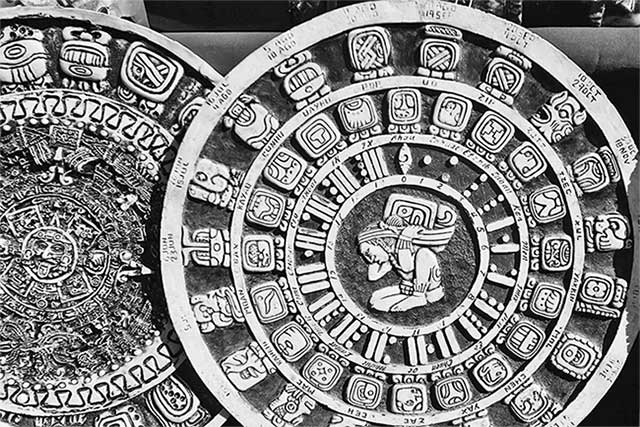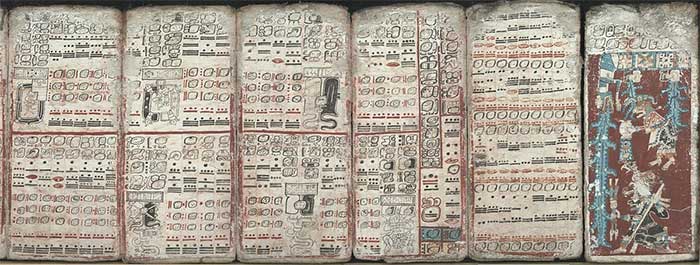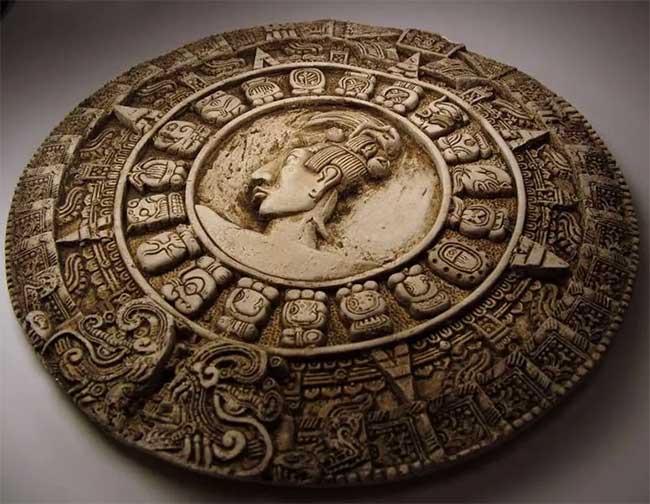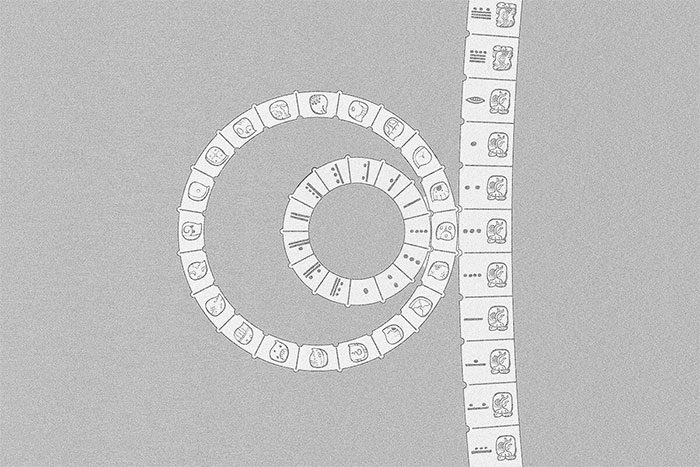Thousands of years ago, the ancient Maya created an accurate calendar to track time. How did they develop this calendar?
Many may remember the rumors in 2012 that the world would end on December 21. A significant number of people believed in this rumor, and numerous films themed around the “December 21 apocalypse” were even produced and released in theaters.
In fact, this rumor originated from the calendar of the ancient Maya, which was said to end on December 21, 2012, leading many to believe that the ancient Maya had predicted this date as the apocalypse.
Of course, December 21, 2012, passed without any significant events, and the ancient Maya calendar entered a new counting cycle.
Few know that throughout the thousands of years of the Maya civilization, the ancient Maya were able to create a detailed and accurate calendar for timekeeping, which allowed them to organize religious events, agricultural production, and more.
So, what details did the ancient Maya use to construct their calendar thousands of years ago?
Observing the Movements of Stars and the Moon
Research based on archaeological artifacts shows that the Maya were excellent astronomers. The buildings constructed by the ancient Maya could be used as astronomical observatories, allowing them to chart the detailed paths of the moon and the major stars visible in the night sky.

The Maya created their own calendars by observing the movements of the moon and stars in the night sky (Photo: Getty).
Observing the movements of the moon and stars helped the Maya develop their calendar with high accuracy.
Many archaeological findings suggest that the Maya referred to the calendar of the Olmec, another ancient civilization in the Central American region, but the Maya expanded and refined the Olmec calendar to make it more accurate.
Archaeological evidence indicates that religious ceremonies of the ancient Maya were conducted in accordance with the movements of the moon and stars, demonstrating the accuracy of the astronomical calendar constructed by the ancient Maya. Maya astronomical calculations even determined and accurately predicted solar eclipse times.
The Dresden Codex, the oldest book written in the Americas that still exists today, contains charts of the movements of the moon, Venus, and Mars as drawn by the ancient Maya. The Dresden Codex is believed to have been written in the 11th or 12th century in Maya hieroglyphs but was discovered in 1739 in a library in Germany.

The content of the Dresden Codex is written in Maya hieroglyphs. (Photo: Wikipedia).
This book was purchased by Johann Christian Gottlob von Murr, a German collector, from a Dutch bookseller. Murr donated the book to the Saxon State and University Library in Dresden, where it is still preserved today.
Timekeeping Cycles of the Ancient Maya
The ancient Maya used two distinct types of calendars to count days, including the Haab’ calendar and the Tzolk’in calendar. The Haab’ calendar consists of 18 months, each containing 20 days, with one additional month of just 5 days, known as Wayhaab. In total, the Haab’ calendar has 365 days, corresponding to one year.
The days in the Wayhaab month were considered unlucky and dangerous, so the Maya would perform religious rituals and sacrifices on these days to ward off misfortune.
Meanwhile, the Tzolk’in calendar only has 260 days, consisting of 13 cycles (equivalent to one month) lasting for 20 days. The Tzolk’in calendar held significant importance for the ancient Maya, used to track rituals and astronomical cycles, such as lunar and star cycles. This calendar was also employed for future predictions.
The Tzolk’in and Haab’ calendars were combined to form a complex calendar system. This system allowed the Maya to track time in both sacred cycles (the interval between religious ceremonies) and astronomical cycles.
The Haab’ and Tzolk’in calendars combined to create a calendar cycle lasting 52 years, equivalent to 18,980 days, which is the least common multiple of 365 and 260 (the number of days in the two calendars). After one calendar cycle ends, a new cycle begins.

The Long Count calendar of the ancient Maya carved in stone. (Photo: Shutterstock).
However, due to the loop of the Haab’ and Tzolk’in calendars only lasting 52 years, the Maya needed to develop a calendar system to track a longer duration, which led to the creation of the system known as “Long Count.”
The Maya’s “Long Count” calendar is a complex and sophisticated system, divided into 5 time units, including: K’in (equivalent to 1 day), Winal (20 days), Tun (360 days), K’atun (7,200 days), and Bak’tun (144,000 days).
Each “Long Count” calendar cycle lasts 5,126 years, starting from August 11, 3114 BC, and ending on December 21, 2012, which was the time of the “apocalypse” rumors that worried many.

Illustration of the relationship between the three calendars created by the Maya, similar to three interlocking gears (Illustration: Getty).
Like the two calendars Haab’ and Tzolk’in, the Long Count calendar was also used to organize religious activities, sacrifices, agricultural planting, or harvesting… This calendar was also used to make predictions for the future.
The Long Count calendar is a highly complex and sophisticated system, reflecting the ancient Maya’s profound understanding of time and the universe.
Today, modern Maya, primarily living in Guatemala, Mexico, Honduras, El Salvador, and beyond, still utilize the three calendars: Haab’, Tzolk’in, and Long Count for agricultural production and organizing religious ceremonies. This method of calendar calculation has remained unchanged for thousands of years without interruption.


















































